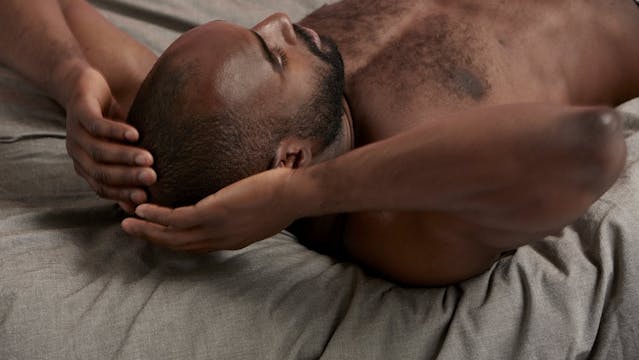Alopecia is the general medical term for any form of hair loss, and it is used to categorise any disorder that interrupts the body’s cycle of hair production. While hair loss is very common, not many people know that there are several different types of alopecia, which vary in the pattern of hair loss, underlying causes, treatment plans, and parts of the body affected.
Androgenetic alopecia
Androgenetic alopecia is also known as male pattern hair loss, and it is the most common type of hair loss, with over 50% of men experiencing it by the age of 50. The hair is lost in a well-defined pattern – usually at the temples – with the hairline receding into an “M” shape over time. Hair will also start thinning at the crown.
This type of hair loss is caused by the action of a molecule the body makes called dihydrotestosterone (DHT). This causes hair follicles to produce hair that becomes progressively smaller, shorter, and lighter. As the body continues to produce DHT, the follicles in the scalp keep shrinking until they stop making hair altogether. At this point you may have patches on your scalp where there is little to no hair at all.
One clinically proven treatment used to reduce and reverse hair loss in men with male pattern hair loss is finasteride. In a trial of 1553 men with male pattern hair loss, treatment with finasteride resulted in improved scalp coverage in around two-thirds of men and slowed the progression of hair loss in the other one-third.
Another successful treatment that targets the areas most affected by male pattern hair loss (such as the hairline, crown, and temples) is minoxidil. It is a spray that can be applied directly to areas of thinning hair to promote hair regrowth and slow hair loss. One study showed that treatment with minoxidil resulted in improved scalp coverage in 60% of men with male-pattern hair loss after 48 weeks. The men also reported improvements in their quality of life and highlighted that treatment had a beneficial impact on first impressions made at work.
Alopecia areata
Another common form of hair loss is alopecia areata, which is characterised by the loss of hair in small, round or oval-shaped patches that leaves coin-sized areas of bare skin on the scalp. While this type of hair loss appears most commonly in young or adolescent men, it can affect both men and women of all ages.
Alopecia areata is an autoimmune condition that is caused when the immune system attacks healthy tissues, targeting the hair follicles specifically. Although it isn’t known exactly why this happens, almost 40% of men under the age of 30 with alopecia areata have at least one family member who has been diagnosed with the same disorder, indicating that genetics play a role.
Most people with mild early alopecia areata can experience hair regrowth without any treatment, although it’s common for the problem to come back, and new bald patches may occur while new hair is growing back. The British Association of Dermatologists recommend minoxidil as a treatment option, as it can be applied to the bald patches of the scalp that are affected by the condition.
Traction alopecia
Some men may experience a form of hair loss known as traction alopecia if they have hairstyles that are styled particularly tightly. Hairstyles such as man buns, cornrows, and ponytails can exert so much force on hair follicles that the hair is ripped out, causing the hairline to recede over time.
If caught early enough, traction alopecia can be reversed and hair can regrow in the affected areas in due time. However, if the hair is repeatedly styled with hairstyles that are too tight, then this may cause permanent damage to the hair follicle and the traction alopecia may become permanent.
To help yourself treat and prevent traction alopecia, tight hairstyles should be avoided. Hair regrowth is likely to occur around 3 months after discontinuing tight hairstyling, once the hair cycle is restored. The British Association of Dermatologists also recommends minoxidil as an option to treat traction alopecia, as it can be applied directly to the hairline or other areas of the scalp affected by traction alopecia.
The numan take
The term ‘alopecia’ is broadly used to refer to anyone who is experiencing hair loss. However, there are several different types of alopecia; the most common of which are androgenetic alopecia, alopecia areata, and traction alopecia. The good news is that, in most cases, alopecia is treatable with either minoxidil or finasteride, or a combination of the two.
Related articles:
What are the most common causes of hair loss?
Finasteride vs minoxidil: which is best?







